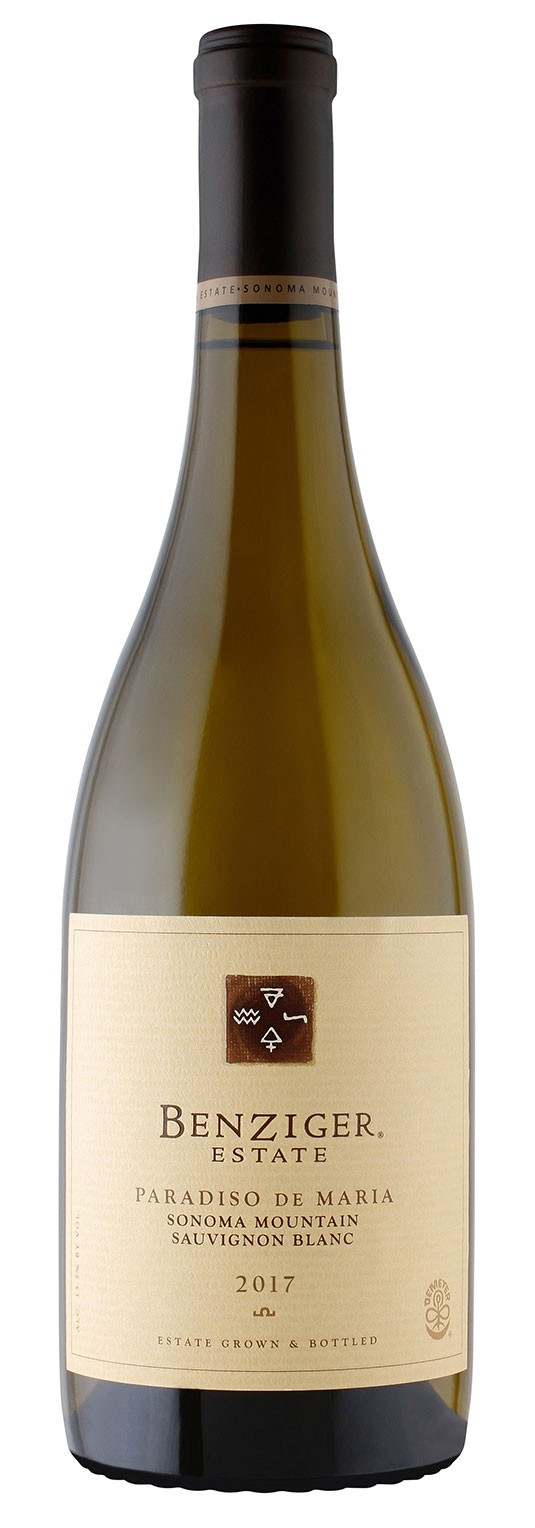If you’re still looking for a fruit-forward wine that doesn’t suck rocks, get with it: wet stones are the hot topic in wine these days. Minerality is the on-trend, catch-all term for aromas of crushed rock and flavors of wet slate, and some winemakers are trying to find out how to get more of it in the bottle.
So what is minerality? The big surprise at a seminar on minerality recently presented by the wine lab Enartis USA in Windsor was how little time was spent on what it is not: minerals. When asked something along the lines of, “You all know that minerality doesn’t come from the soil, right?” none of the attendees dared shake their head in ignorance.
While acknowledging that he has often compared wines to the sight of the vineyard soils, veteran winemaker Christian Roguenant said it’s just the power of suggestion. In his presentation, Roguenant ticked off a list of reasons that various aromas like iodine, flint and fossilized seashells—all common descriptors for wines of various regions—are not actually derived from the mineral composition of the soil or the wines, with the possible exception of some salts, which, romantic notions of sea breezes aside, can land on the grapes as dust, far from the ocean.
“We need a little romance,” said presenter Deborah Parker Wong, global wine editor for The SOMM Journal and a wine instructor at Santa Rosa Junior College, “but the facts can be just as interesting as fiction.” She said that when her students understand the terms of minerality, even after learning it’s not a direct taste of the soil (as is still touted by wine marketers and vignerons, alike), they’re willing to trade up in wine quality—and price—all the same. Parker Wong lamented that American wineries lag far behind the Europeans in using mineral terms in a consumer-friendly way.
I hit the minerality jackpot when I received a bottle of Benziger 2017 Paradiso de Maria Sonoma Mountain Sauvignon Blanc ($36), as it’s one of the few domestic wines that mentions minerality on the back label, and the wine’s showy aroma of crushed tufa brings me right back to the Enartis classroom, where I was treated to a neutral wine spiked with benzyl mercaptan—with a background hint of the stemmy pyrazine sample. These and other compounds, formed during winemaking but also, presenters said, influenced by viticulture and sometimes terroir, are responsible for the aromas wine tasters experience as minerality.
Fruit aromas are largely sidelined here, although crushed lemon blossom and white grapefruit add character to the candied, crystalline acidity. But now I’m thinking back to the time I visited the place where the winery crushes crystals in its biodynamic preparations shop, so there’s that power of suggestion again.











